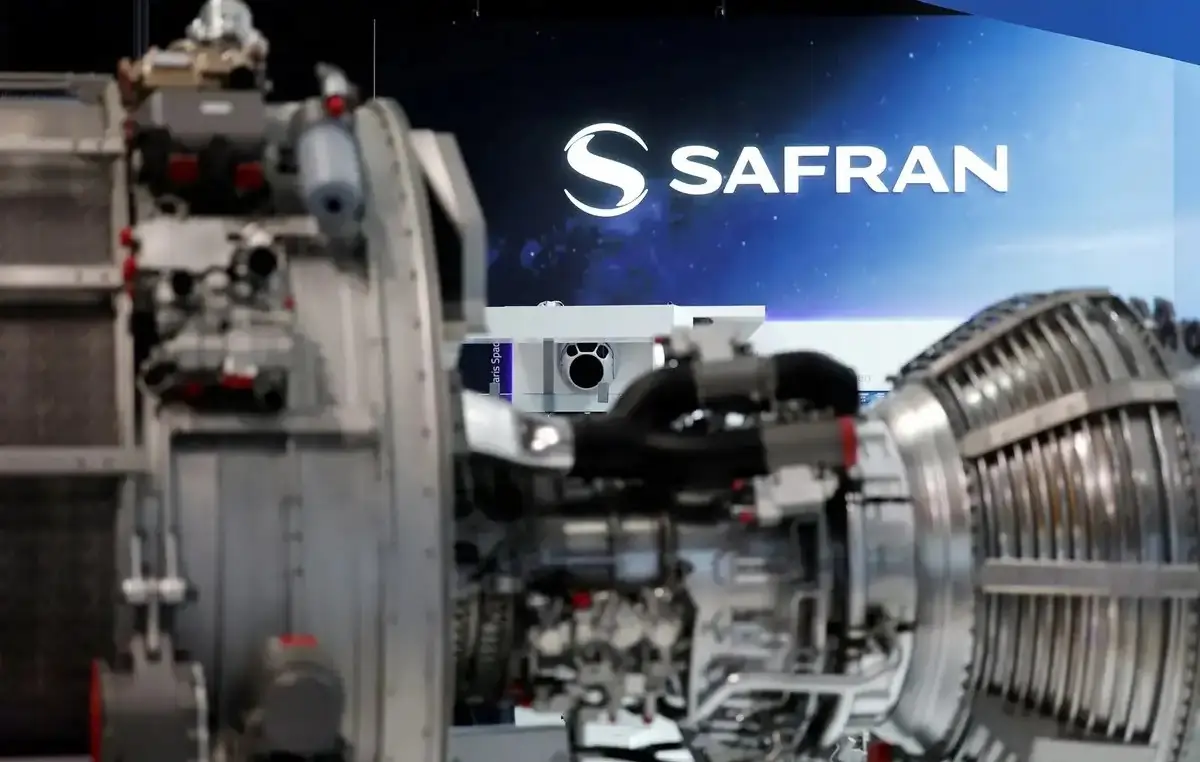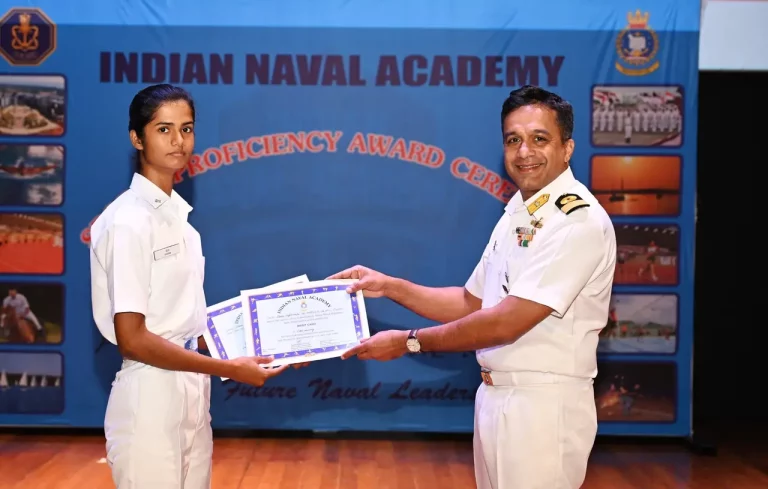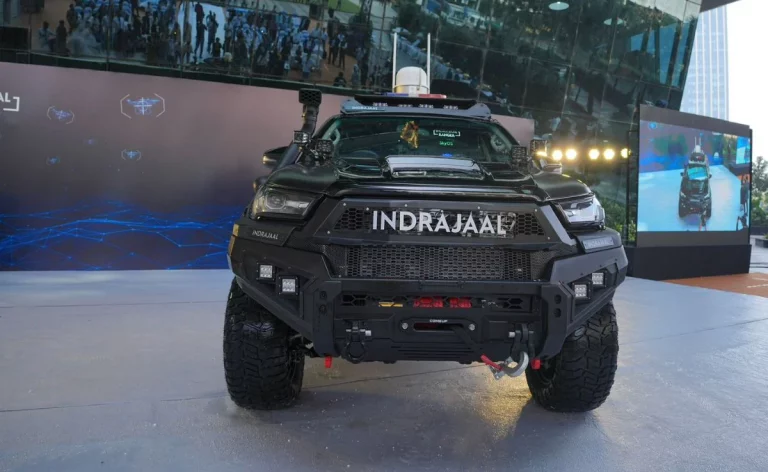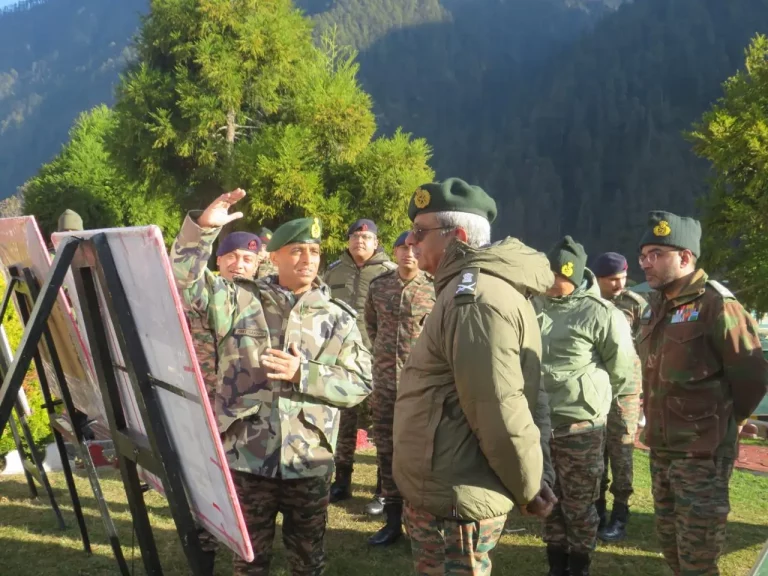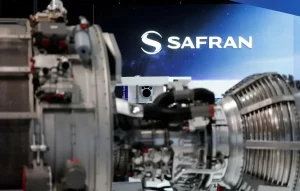In a significant advancement for India’s defence aviation landscape, French aerospace giant Safran has committed to transferring 100% of its fighter jet engine technology, including the crucial hot section technology, as part of a collaboration aimed at co-developing a next-generation engine for India’s indigenous Advanced Medium Combat Aircraft (AMCA). This development, reported by the Economic Times, stands out as one of the most extensive technology transfers ever extended by a foreign defence manufacturer.
The joint initiative will be executed in partnership with the Defence Research and Development Organisation (DRDO), specifically its Gas Turbine Research Establishment (GTRE). Under this collaboration, all developments will adhere to Indian intellectual property rights, ensuring that the technology remains within national boundaries. The focused effort will work towards creating an engine capable of delivering thrust in the range of 120–140 kN, positioning the AMCA in line with the performance criteria demanded by contemporary stealth fighters.
Estimated to require an investment of $7 billion, the comprehensive programme includes the production of nine engine prototypes over a projected timeline of 10 to 12 years. The first prototype testing flights are expected to occur by 2028, with full-scale production slated for 2035. Notable Indian private sector firms such as Tata Group, Larsen & Toubro, and Adani Defence are anticipated to take part in the manufacturing and subsystem development facets of the project.
In addition to this key agreement, Safran has expressed its willingness to set up an assembly line in India for M88 engines, which are used in Rafale fighter jets, should the Indian Air Force consider placing additional orders. This move signals a long-term commitment to support India’s military aviation needs.
A critical element of the technology transfer is Safran’s agreement to share single-crystal blade technology. This advanced capability is essential for enduring the extreme temperatures within modern fighter engines, thereby aiding India in bridging a long-standing technological gap, notably after previous indigenous attempts, such as the Kaveri engine, did not meet the expected thrust capabilities.
Experts believe that this initiative will greatly enhance India’s self-reliance in aerospace technology, as jet engine technology remains one of the most heavily guarded segments in global defence. The importance of developing a methodical long-term strategy to fully assimilate these advanced technologies and bolster the domestic defence industry has been emphasized by analysts.
In a related move, Safran has inaugurated India’s first global Maintenance, Repair, and Overhaul (MRO) facility for LEAP engines in Hyderabad, which are utilized in a majority of modern narrow-body aircraft. This facility is aimed at diminishing India’s dependence on foreign maintenance services while simultaneously creating high-value employment opportunities.
Furthermore, Safran has entered into a joint venture with Bharat Electronics Limited to co-produce air-to-ground weapons in India, reflecting the deepening defence collaboration between the two nations.
This comprehensive technology transfer and industrial partnership heralds a significant milestone for India’s aspirations in aerospace, strengthening the AMCA programme and reinforcing India’s trajectory towards becoming a future global hub for aerospace innovation.
